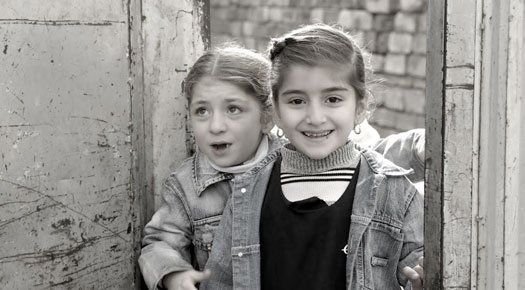
Cognitive Science published a study in its July issue that said children who are exposed to religion have a harder time distinguishing between fact and fiction as compared to children who are not.
In their study titled Judgments about Fact and Fiction by Children from Religious and Nonreligious Backgrounds, researchers Eva Chen, Kathleen Corriveau and Paul Harris explained how all children are innately sensitive to the magical elements in a narrative and can easily tell if the characters in the same narrative are fictional or real. However, the trio also explained how children brought up in religious households, where such narratives are shared more frequently, do not treat them with similar skepticism. While the researchers thought that the second group of children would also perceive the narratives as fairy tales, they discovered that that did not happen as the children had received sufficient testimony from adults about the same. Thus, they conceived the protagonist of such narratives as a real person even though several other elements in the narratives were too implausible to be real.
The researchers examined 66 children aged five or 6 years and asked them questions about different narratives – some of which were drawn from the Old Testament and others from fairy tales.
According to the researchers, “Children with exposure to religion — via church attendance, parochial schooling, or both — judged [characters in religious stories] to be real. By contrast, children with no such exposure judged them to be pretend, just as they had the characters in fairy tales. But children with exposure to religion judged many characters in fantastical, but not explicitly religious stories, to also be real — the equivalent of being incapable of differentiating between Mark Twain’s character Tom Sawyer and an account of George Washington’s life.”
The conclusion of the study contradicts the findings of a previous study that said all children were born believers. The new finding suggests that secular children respond to religious stories in a similar manner as they do to fantastical narratives – they judge protagonists of both to be pretend. The study also determined that religious teaching often leads children to a more generic receptivity of the impossible.
